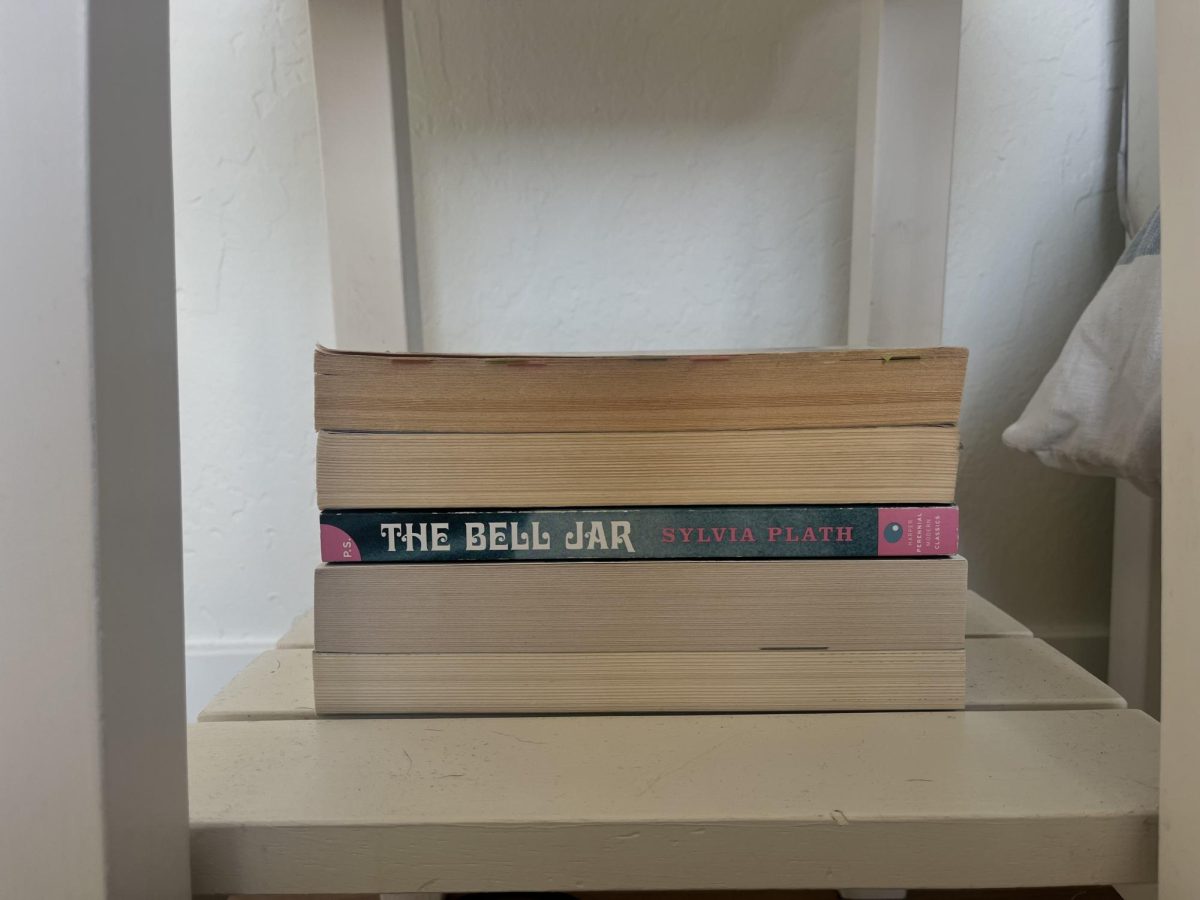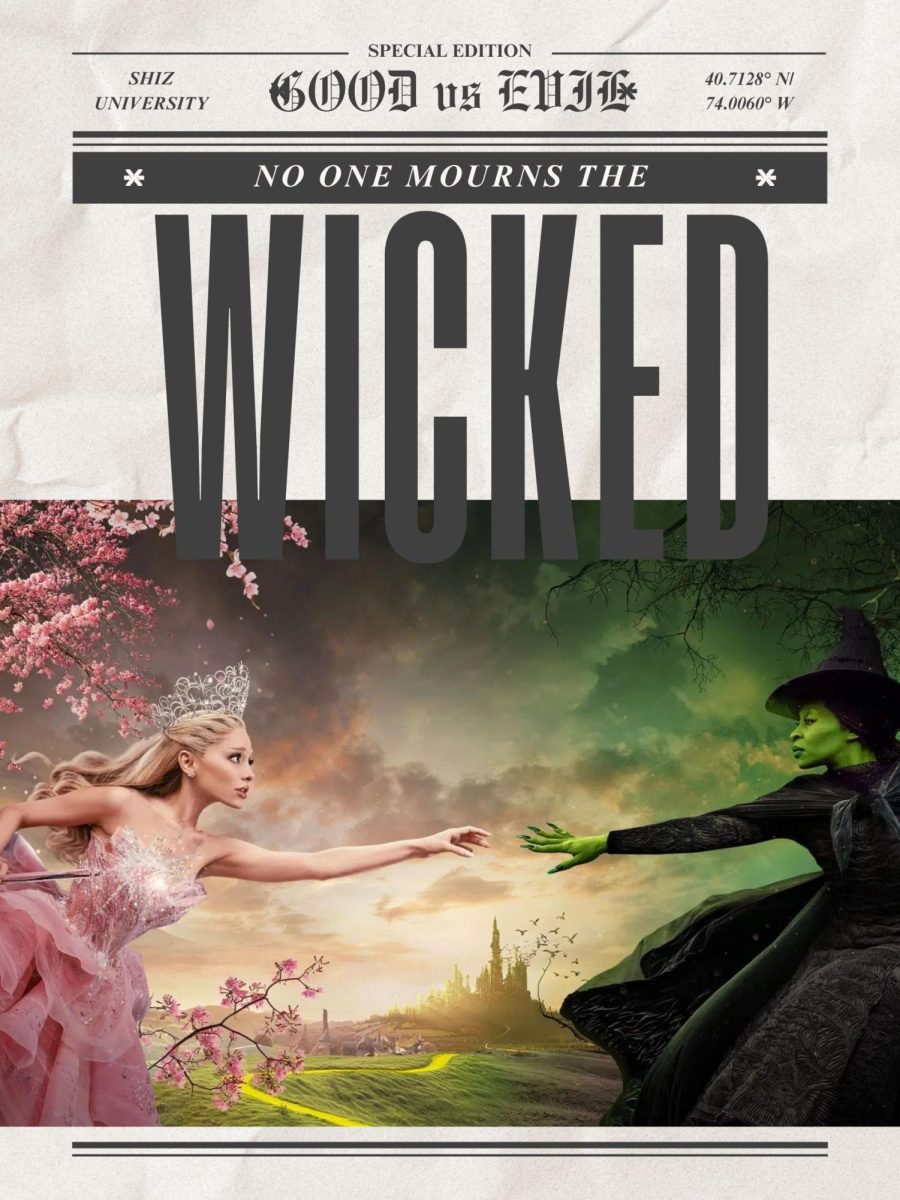Sylvia Plath writes a chilling novel that closely resembles her reality
Trigger warning: novel and article discuss disturbing topics, including suicide.
“The Bell Jar” by Sylvia Plath was originally published in January of 1963, one month before Plath committed suicide in her London home. It was first published under an unknown name before being republished under Plath’s name three years later, in 1966, when it started to gain popularity.
Since the events that unfolded after Plath’s death, “The Bell Jar” has now come to be seen as semi-autobiographical, with the names of people and places changed. The story follows the mental breakdown of Esther Greenwood, a young, bright and beautiful college student in Massachusetts during the 1950s. It is written from Greenwood’s perspective, drawing readers into her insanity and making it seem completely rational, real and even normal. The author details the slow cracking of Greenwood, to the point of her suicidal thoughts and actions, landing her in a psychiatric hospital. The novel then walks through Greenwood’s time in the hospital, up until her release.
“The Bell Jar” explores the pressure women feel to be all that society expects from them. A girl who had everything: a scholarship, looks, smarts, friends and life in a big city, crumbled under the expectation that she had to live her life a certain way for the sake of others. Forced to juggle everything that made her an “all-American woman,” Greenwood loses her sense of who she wanted to be.

Before writing and publishing “The Bell Jar,” Sylvia Plath was more commonly known as a poet, writing over 400 poems in her lifetime. Graphic by: Ava Mohror
Plath also explores Greenwood’s struggle to feel okay with not wanting to have children. She describes motherhood as a baby always hanging over her head, society waiting for her to become a mother and what women are often believed to have to become. In this way, Plath portrays how Greenwood overcomes expectations that once buried her, taking control of her body in order to find peace of mind.
There is a haunting element added to the novel when looking at Plath’s life, and how she committed suicide less than a month after publishing “The Bell Jar.” Plath writes herself into Greenwood’s character. But significantly only Greenwood gets help and eventually regains control of her life. Plath is able to write in detail the process of gaining control over mental illness and restabilizing one’s life, yet is not able to do so in her own life.
“The Bell Jar” is an encaptivating read, with brutally honest and raw writing. It brings to light societal issues, especially the pressure set upon women to uphold stereotypical expectations that have been reinforced over generations. Rightfully deemed a modern classic, everyone could benefit from reading “The Bell Jar,” which raises awareness for mental illness, especially in women.
Suicide and Crisis Lifeline: 988
National Suicide Prevention Lifeline: 1-800-273-8255





















